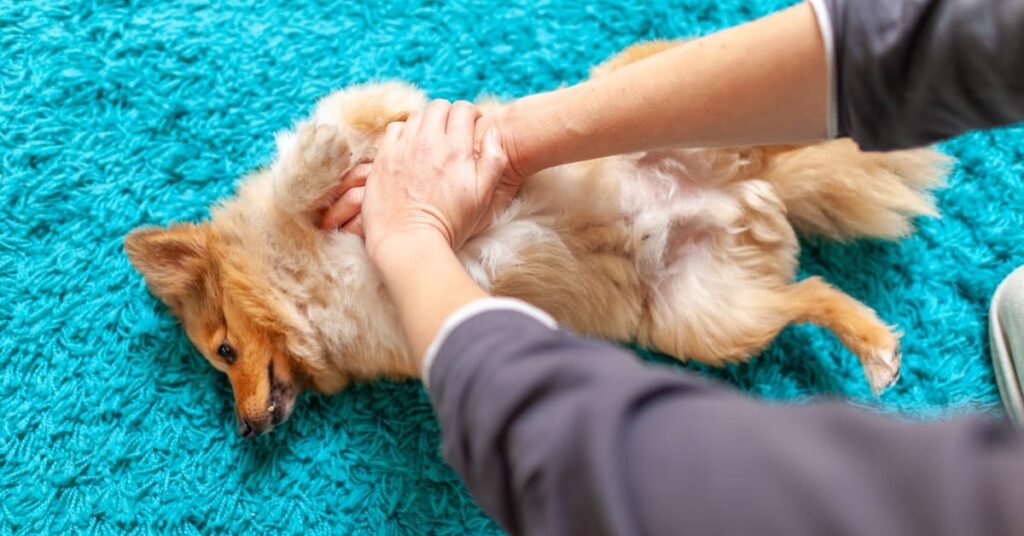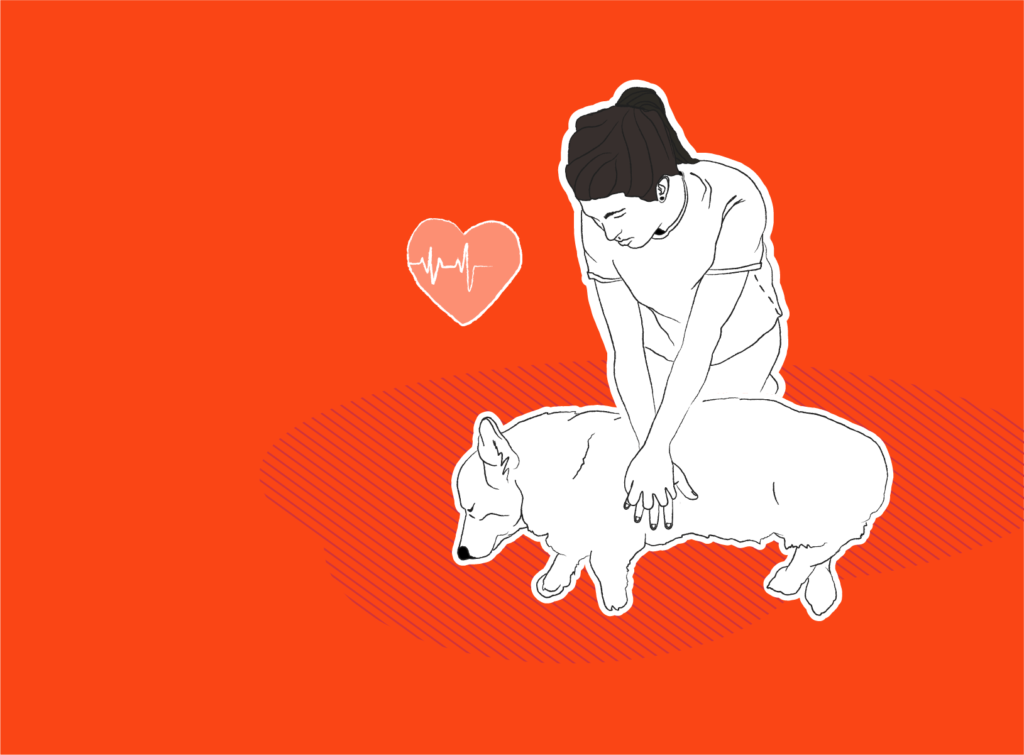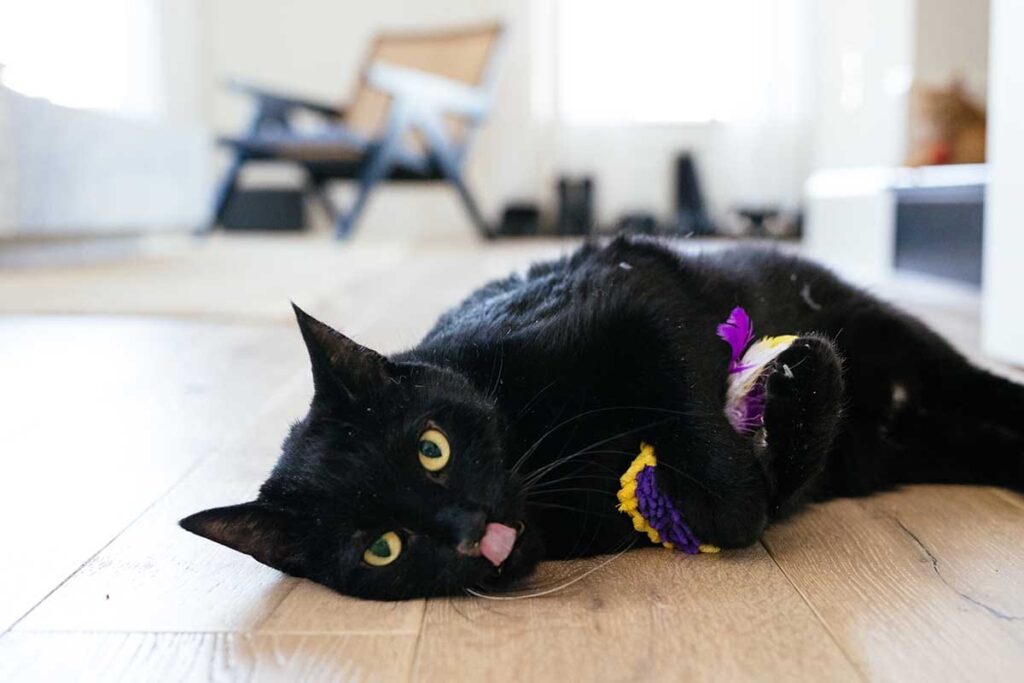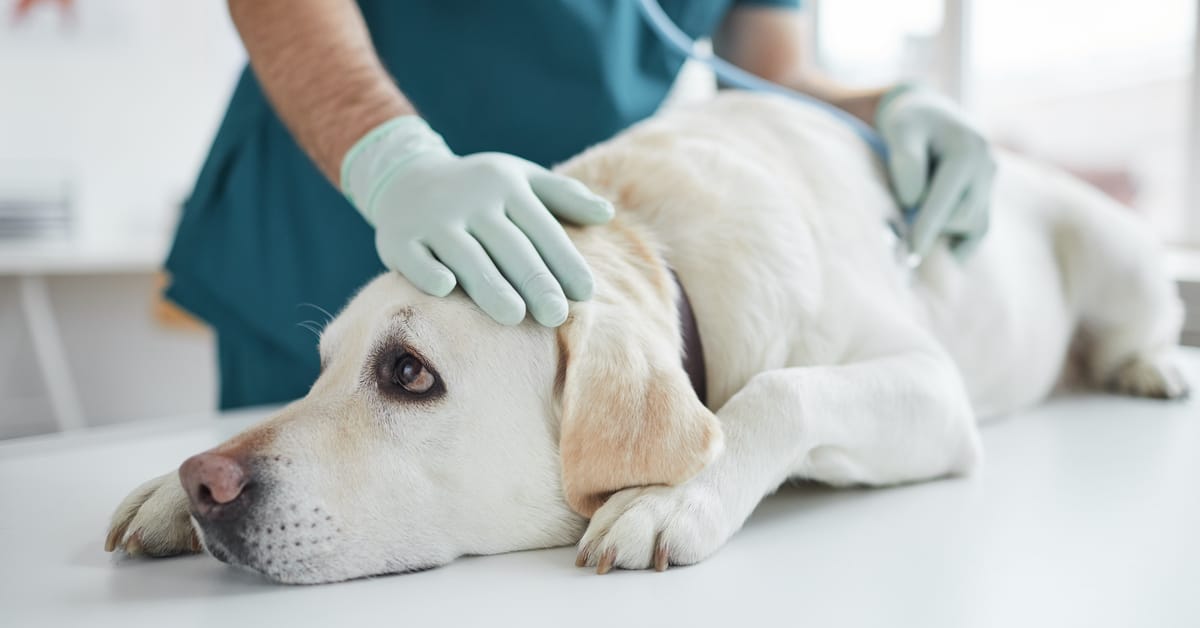Everything pet owners need to know to come to the rescue!
You’ve got a pet first aid kit, great! Now it’s important to have the skills to use it.
CPR, or Cardiopulmonary Resuscitation, is an emergency life-saving procedure. Immediate CPR can double or even triple the chances of survival in humans after the heart stops.
No one wants to imagine an emergency or accident in the family, especially with our four-legged companions. Knowing how to perform pet CPR as part of pet first aid will have you more prepared and able to assist your dog or cat until you can get professional medical care, and potentially help save your pet’s life.
What Is Pet CPR?

Like for humans, performing CPR for your pet includes chest compressions and artificial respiration, sometimes called mouth-to-mouth.
Cat and dog owners can greatly increase their pets’ chance of survival by providing this critical care before emergency rescuers arrive.
If you’ve evaluated your pet and they aren’t breathing or if you can’t find a heartbeat, it’s time to call the animal hospital and start CPR.
Only perform CPR on your pet in emergency situations, as some procedures can cause harm to healthy dogs and cats.
What Should I Do If My Pet Stops Breathing?

Check their ABCs—airway, breathing, and cardiac (heart).
If your pet stops breathing, stay calm and call emergency vet services right away.
Ways to Check for Breathing in Pets:
- Watch or feel to see your pet’s chest rise
- Put your hand in front of your cat or dog’s mouth and nose to feel for breath
Ways to Check for Heartbeat or Pulse in Pets:
- Place your hand on the inside of your dog’s leg at mid-thigh
- Place your hand over your cat’s left side just behind their front leg

Basic Steps to Perform CPR on Cats and Dogs
- Check your pet for breathing and heartbeat
- Call for emergency vet services
- Lay your pet on their side or back
- Give chest compressions — 100-120 per minute
- Give two rescue breaths for every 30 chest compressions. Place your mouth over your pet’s airway if possible.
- Check for breathing and heartbeat
- Continue critical care until emergency personnel arrive
Is Dog CPR Different from Cat CPR?
How you’ll perform CPR depends on the size and breed of your pet.
Cats and small dogs have a more vulnerable rib cage due to their narrow chests. For these furry friends, focus your compressions directly over the dog’s heart. Consider one-handed compressions to avoid accidentally pressing too hard on your dog’s chest.
Before giving CPR, your pet should be laid on a flat surface on either their left or right side.
How to Perform CPR on a Dog

If your dog isn’t breathing, check for any blockage or a foreign object in the dog’s airway. If there is an object and your dog is unconscious, try swiping it out. If you try doing this while a dog is conscious, you risk them being less than thrilled with having your hands in their mouth!
If you can’t detect a heartbeat, start CPR.
Lay your dog on their side and place your hands flat on the widest part of their chest. For dogs with deep or narrow chests, focus compressions directly over the heart.
Keep your elbows locked and give 30 chest compressions, aiming for about 100-120 compressions per minute. Be sure not to push too far down on your dog’s abdomen.
For large breed dogs, you may have to kneel or stand behind them to place your hands on the side of their chest.
To give rescue breaths, close your dog’s mouth gently using your hands to keep it shut. Gently give two rescue breaths into your dog’s nose for every 30 chest compressions.
Note: Some barrel-chested dogs, like English bulldogs, have a flat chest and are better built to receive CPR lying on their backs.
How Do You Perform Cat CPR?

If your cat’s heart isn’t beating and they aren’t breathing, call emergency services and start resuscitative efforts right away.
To give rescue breaths, pull your cat’s tongue to the front of their mouth to maintain airflow, then close the cat’s mouth gently and hold it shut.
Keep their neck straight and make sure their airway is clear before giving three to five short, gentle rescue breaths into your cat’s nose. Wait about five seconds between breaths.
If your cat’s heart still isn’t beating, it’s time to begin chest compressions.
Lay cats on either their right or left side and hold their chest with your hand, placing your thumb on one side and fingers on the other.
Focus compressions directly over the heart and push down by about one-third of the cat’s normal chest wall.
Compress their chest about 100-120 times per minute, giving two rescue breaths for every 30 compressions.
Note: Cat’s chests tend to be more narrow, similar to smaller dogs. Using one hand for chest compressions on a cat is appropriate.
Just like with dogs, cat CPR should only be performed when necessary to avoid harming a happy, healthy pet.
Can Cats and Dogs Get the Heimlich Maneuver?

The Heimlich Maneuver can be used if you believe your pet is actively choking on something, like a toy or a piece of rawhide. If this is the case, your pet will probably start to panic. Stay calm and approach them gently to help.
For smaller dogs and cats, you can sometimes get an object out by picking them up and gently swinging them by their thighs, applying a little pressure to their abdomen.
If this doesn’t work or you have a larger dog, stand behind them with your hands around their belly. Make a fist with your hands and push upward behind the dog’s ribcage, removing any object that becomes loose.
If your pet is unconscious and you can’t hear or feel their heartbeat, call for help and start CPR.
Other Times to Call Emergency Care for Your Pet:

Signs that indicate your pet needs to go to the veterinary hospital include:
- Obvious pain
- Breathing rapidly
- Bloated swollen abdomen
- Weak or elevated pulse
- Loss of balance or difficulty standing
- Struggling to walk
- Losing consciousness
- Seizures
- Excessive bleeding
- Uncharacteristic or more aggressive behavior
If you’re ever unsure about how to best care for your pet, a call to the experts is the best care you can give them. If your cat or dog shows any of these or other unexpected symptoms, call your local emergency veterinary service right away.


